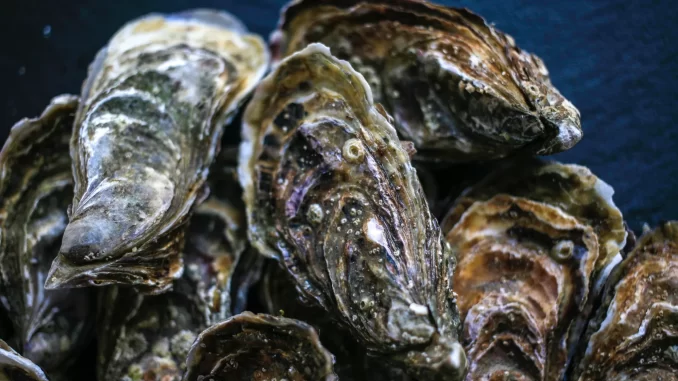
Oyster Bay Town Supervisor Joseph Saladino and Councilwoman Michele Johnson announced the Town is partnering with the Research Foundation of the State University of New York (SUNY Stony Brook) in a transformative project aimed at revitalizing Oyster Bay-Cold Spring Harbor’s oyster populations. The project, titled “Putting the Oyster Back in Oyster Bay,” has received a generous grant in the amount of $477,200 from the National Fish and Wildlife Foundation (NFWF), with matching funds totaling $308,500.
Oyster reefs in Oyster Bay-Cold Spring Harbor have faced challenges due to overharvesting, habitat loss, and water quality degradation. This project seeks to address these issues by synthesizing data to identify areas for enhanced oyster recruitment, survivorship, and growth, and to develop an ecosystem-scale, science-based plan to establish self-sustaining oyster populations in Oyster Bay-Cold Spring Harbor. By refining hydrodynamic models, creating habitat suitability maps, and mapping oyster recruitment, the initiative aims to coordinate local efforts to build a metapopulation of interconnected oyster reefs.
“Oyster Bay has a rich history intertwined with our marine ecosystems, and it is our responsibility to ensure its preservation for future generations. The Oyster Bay-Cold Spring Harbor Oyster Restoration Project is a testament to our proactive approach in addressing environmental challenges. By working together, we are not only rebuilding oyster populations but also fostering a more resilient and interconnected habitat. This project aligns with our commitment to sustainability and underscores the significance of collaboration in achieving environmental goals,” Saladino said.
“The Town of Oyster Bay is committed to playing a key role in this endeavor, working hand-in-hand with SUNY Stony Brook, environmental groups, and other local partners to foster the rebuilding of oyster populations and donating oyster/clam shells accrued through our Shell Recycling Program,” Johnson added. “The project’s comprehensive approach aims to enhance oyster recruitment, survivorship, and growth, establishing a pathway for the creation of shellfish reefs — a crucial component of Long Island Sound’s Important Coastal Habitat.”

